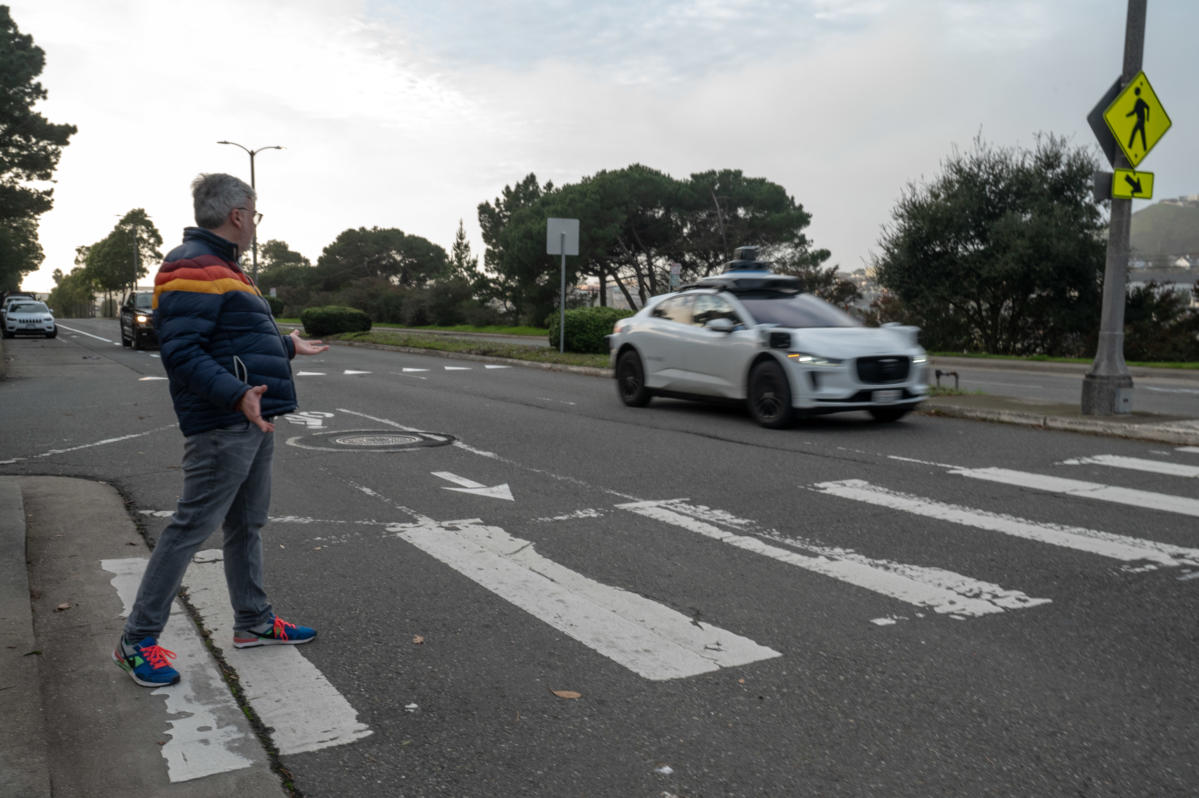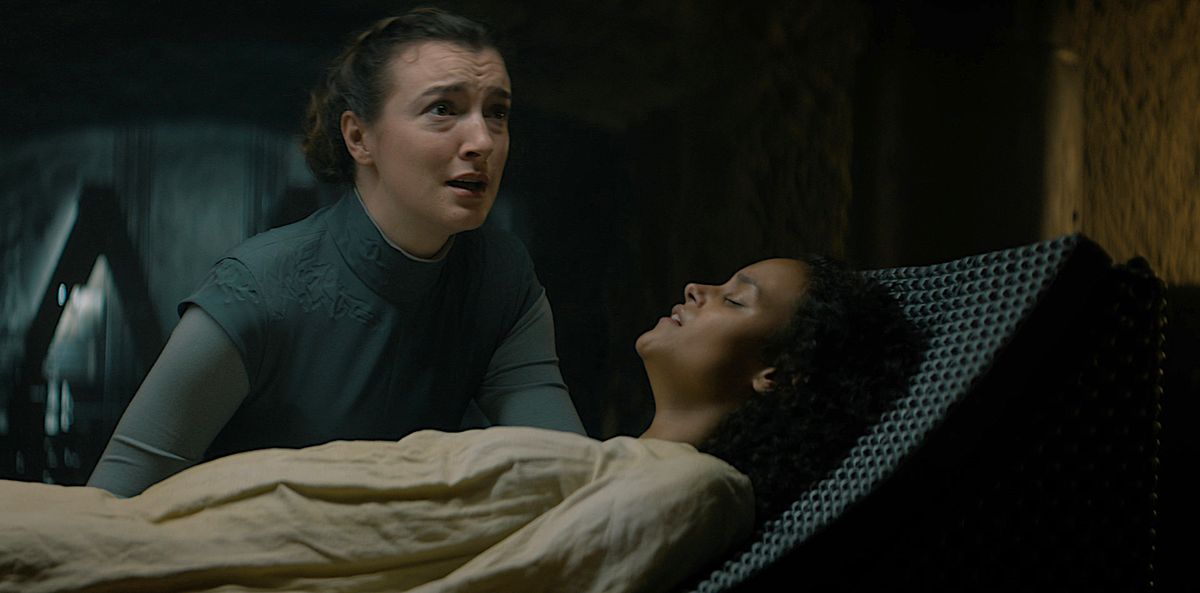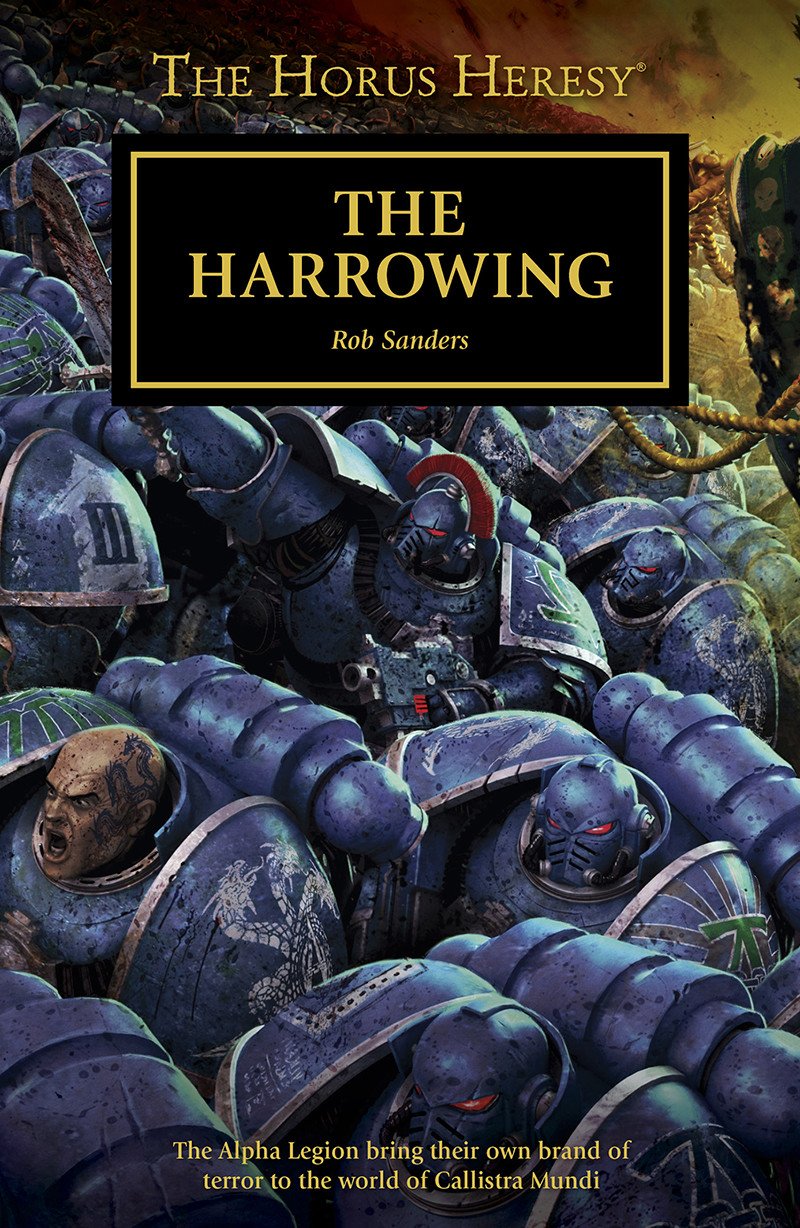SAN FRANCISCO – Living in this city on the cutting edge, I have lately found myself in a game of chicken with cars driven by nothing but artificial intelligence.
Waymo robot taxis, owned by the same company as Google, are everywhere in San Francisco – and they will soon be driving themselves in six U.S. cities. During rush hour each weekday, easily two or three dozen of the white SUVs, loaded up with cameras and spinning sensors, pass by a street near my house.
I generally find riding in a Waymo to be smooth and relaxing, and I have long assumed its self-driving technology is a net benefit for the city.
Then I started to notice something unsettling.
When I try to cross my street at a marked crosswalk, the Waymo robotaxis often wouldn’t yield to me. I would step out into the white-striped pavement, look at the Waymo, wait to see whether it’s going to stop – and the car would zip right past.
It cut me off again and again on the path I use to get to work and take my kids to the park. It happened even when I was stuck in a small median halfway across the road. So I began using my phone to film myself crossing. I documented more than a dozen Waymo cars failing to yield in the span of a week. (You can watch some of my recordings below.)
It is a cautionary tale about how AI, intended to make us more safe, also needs to learn how to coexist with us. The experience has taught my family that the safest place around an autonomous vehicle is inside it, not walking around it.
At my crosswalk, which is not protected by a stop sign, the Waymo would yield for me about 3 out of 10 times. But I couldn’t figure out what made the robotaxi change its mind. I tried sticking one foot out, crossing in both heavy and light traffic, waving at the car and even pushing a baby stroller (without my baby!).
I could consistently make it stop only by darting out into the street – but that’s not how my momma taught me to behave in an intersection.
Waymo cars don’t behave this way at all intersections. Some friends report that the cars are too careful on quiet streets, while others say the vehicles are too aggressive around schools.
California’s laws are very clear about crosswalks: Anytime there is a pedestrian in a crosswalk, cars are supposed to stop. When I contacted the Department of Motor Vehicles about my experience, it told me that autonomous vehicles, “like all vehicles, must adhere to the rules set forth in the California Vehicle Code, including when AVs approach crosswalks.”
I showed my videos to Waymo. Spokesman Ethan Teicher said its cars are designed to follow road rules and be courteous to pedestrians. He didn’t acknowledge that Waymo cars broke any road rules, but he said there is “opportunity for continued improvement in these highly dynamic social interactions between man and machine.”
No Waymo car has hit me, or any other person walking in a San Francisco crosswalk – at least so far. (It did strike a cyclist earlier this year.) The company touts that, as of October, its cars have 57 percent fewer police-reported crashes compared with a human driving the same distance in the cities where it operates.
Yet major crashes are only one of the new kinds of concerns when you’re living around self-driving cars. Some riders report being trapped inside Waymo cars as people try to harass them. The company is also under investigation by the National Highway Traffic Safety Administration for driving in an unexpected and disruptive manner, including around traffic control devices (which includes road markings).
Many human drivers don’t yield for pedestrians, either. But Waymo has the power to seize the moral high ground and have robots be better than people.
What’s more, how does an AI designed to follow the law learn how to break it?
– – –
Road rules
I showed my videos to Waymo’s Anne Dorsey, a software engineer who helps lead a team that focuses on how the autonomous vehicles interact with non-cars – and hears a lot of pedestrian feedback. She described yielding to pedestrians as a matter of “politeness” and said it’s more nuanced and complex than it might appear.
“We’re gaining more and more insight and knowledge into what the social norms are in each area that we’re driving in,” she said. The expectations of pedestrians can vary from “cars should always completely stop” to “I’ll wait for a gap in traffic to cross.”
When I’m crossing an intersection, I look a driver in the eye and know they have seen me when they start to slow down. But with a Waymo, there’s nobody to look at.
So how does the car decide when to stop? “It’s really hard for me to say that there’s one particular thing that is the determining factor in how an interaction will go down,” Dorsey said. I provided Waymo with video footage, the times and the locations of 10 occasions when its vehicles failed to yield for me; it didn’t give me a specific explanation for those instances.
But in more general terms, Waymo said its software tries to predict a pedestrian’s “intent” to cross based on signals such as their forward motion and where they are looking.
“We look at their behavior: What have they done as they approach the crosswalk? Do they seem like they’re about to cross or are they just sort of milling around waiting for someone?” Dorsey said. “Are they, for example, texting and walking or are they looking up, looking toward that roadway like they’re going to move into it?”
So an AI gets to decide whether I really want to cross – even when my feet are already in the crosswalk? It’s classic Silicon Valley hubris to assume Waymo’s ability to predict my behavior supersedes a law designed to protect me.
Waymo also said its car might decide not to stop if adjacent cars don’t yield. So is it possible that Waymo’s AI is learning from the human drivers on the road who also act like jerks?
“We don’t learn directly from other random people we see on the road,” Dorsey said. “We do indirectly learn by, for example, studying that data and learning ‘we shouldn’t do this.’”
I showed my videos to outside experts, too. Phil Koopman, a Carnegie Mellon University professor who conducts research on autonomous-vehicle safety, said Waymo had no excuse not to stop.
“A person making the decision not to yield to a pedestrian in a crosswalk is acting with the knowledge of potential penalties, ranging from a traffic ticket, to a civil tort lawsuit for injuries, to potential jail time,” Koopman said. “In California, a computer driver can’t even get a meaningful traffic ticket yet and is certainly not worried about going to jail.” (With a new law, they can get only a “notice of noncompliance.”)
He thinks Waymo should take the high ground, since it’s always touting safety. “Instead of arguing that they shouldn’t stop if human drivers are not going to stop, they could conspicuously stop for pedestrians who are standing on road pavement on a marked crosswalk,” Koopman said. “That might improve things for everyone by encouraging other drivers to do the same.”
Another theory: Waymo cars are intentionally getting more aggressive to help shed a market reputation for being slowpokes.
“I think the problem is one of pressure from the top down to move more quickly,” said Missy Cummings, an engineering professor at George Mason University who has consulted for California on self-driving cars. “They’re trying to start competing with the rideshare companies on a mile and time basis.”
Dorsey said Waymo has evolved its driving behavior over time, though safety remains its top priority. “We do factor in a variety of social dynamics. There’s some objectivity, for example, in some social norms: politeness, rudeness.”
We may need better ways to communicate with autonomous vehicles. Waymo has introduced a way to message with pedestrians (and other cars) through a small screen mounted on its cars’ roofs. I saw those sometimes – but, of course, they’re not helpful when the car doesn’t actually decide to stop.
Cities with lots of self-driving cars may need to give pedestrians better tools, too. My intersection is an unprotected crosswalk – there are no crossing lights. But a flashing light beacon there could let me flag my intent to both humans and robots. (I asked the city of San Francisco to install one there, but it declined, saying it wasn’t a priority.)
I asked Dorsey how she crosses the street in front of a Waymo. “I walk out like I would with a human driver – maybe a little more comfortably … because I know the Waymo is seeing me,” she said.
I know conceptually that Waymos are loaded with 360-degree sensors that can spot me better than a human can.
But I also know these cars weigh about 5,000 pounds – and I need a little more than faith in AI before I step out in front of one.
– – –
Jeremy Merrill contributed to this report.
—
Video Embed Code
Video: Tech columnist Geoffrey A. Fowler noticed that Waymo robotaxis in San Francisco often would not stop for him at a crosswalk he uses every day.(c) 2024 , The Washington Post
Embed code:
Related Content
Ethiopian family seeks medal’s return 87 years after grandfather’s execution
As technology continues to advance at a rapid pace, the concept of robotaxis – self-driving taxis operated by artificial intelligence – is becoming increasingly prevalent. While this innovation has the potential to revolutionize the way we think about transportation, there are also some potential downsides to consider.
One of the most immediate concerns is the safety of pedestrians when crossing the street in a world filled with robotaxis. Unlike human drivers, who can make split-second decisions based on visual cues and reactions, robots operate based on pre-programmed algorithms. This means that they may not always be able to predict or react to unexpected situations, such as a pedestrian stepping out into the street without warning.
As a result, crossing the street in a city teeming with robotaxis can be a harrowing experience. Pedestrians may find themselves constantly on edge, unsure of whether a passing robotaxi will come to a complete stop or continue on its path. This uncertainty can lead to a heightened sense of danger and anxiety, making something as simple as crossing the street a stressful ordeal.
In order to address these concerns, it is crucial that developers and regulators work together to ensure that robotaxis are programmed to prioritize pedestrian safety above all else. This may involve implementing stricter guidelines for how robotaxis interact with pedestrians, as well as investing in technology that allows these vehicles to better detect and respond to unexpected obstacles.
While the idea of a world filled with robotaxis is certainly exciting, it is important that we also consider the potential risks and challenges that come with this new technology. By addressing these concerns head-on, we can work towards creating a future where pedestrians can safely navigate the streets alongside their robotic counterparts.
Tags:
- Robotaxis on city streets
- Pedestrian safety in a world of robotaxis
- Navigating streets filled with autonomous vehicles
- The challenges of crossing roads with robotaxis
- Safety tips for pedestrians in a robotaxi-filled environment
- Robotaxis and pedestrian interactions
- Street crossings in the age of autonomous vehicles
- Robotaxis and pedestrian awareness
- Urban navigation with robotaxis
- How to safely cross streets with robotaxis
#roads #teeming #robotaxis #crossing #street #harrowing






